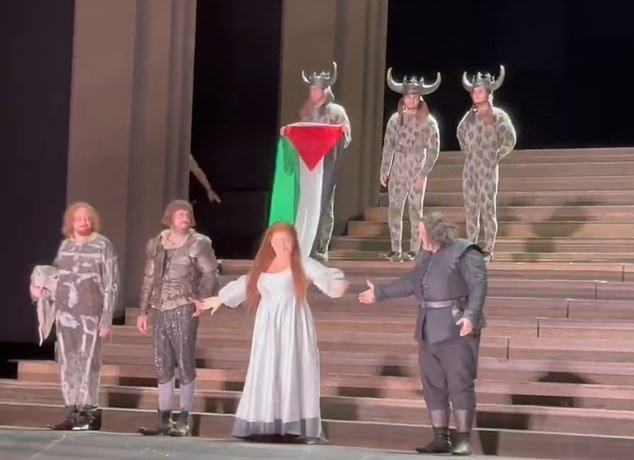
Tony Prikryl/Courtesy photo
When Liz Nielsen exhibited at Hexton Gallery’s group show “300 Days of Sun” last year, she was well within her comfort zone.
“I used to be afraid of the dark,” she said.
For her first solo show at Hexton, “Made in the Dark,” which runs through July 8, the Brooklyn-based light painter and experimental photographer brings together over a dozen iconic works linked to her investigatory interest in light.
“I’m very into ways of harnessing light,” she said.
The exhibition presents Nielsen’s quantum landscapes featuring glaciers, above- and below-water icebergs, and grouped stones to investigate themes of climate change, healing, and absence as presence.
“I hope that viewers are drawn into the artwork in a way that has a non-static quality to it,” she said. “The things that feel absent are oftentimes more or as present as what’s in front of you.”
The title refers to manifesting consciousness into the material world. It can also be seen as a nod to the artist’s practice in the darkroom, a process she keeps closely guarded.
“It’s something I’ve invented. I keep it as my secret ingredient,” she said, adding, “I always wanted to be an inventor when I was a young child. I feel like being an artist is being an inventor.”
Initially a photographer, she said she did away with the lens partly because “looking at a negative it is hard to see what you will get until you create a positive,” adding, “I realized that what makes a good picture often came down to light. The light-infused it with emotion. Now, I’m focused on light being a particle and wave and the quantum physics of it as being tangible and intangible.”
From Seattle, she was drawn to science and soccer during her formative years spent in Omaha, Nebraska. A philosophy and Spanish major at Seattle University, she grew eager to take art electives.
“Figuring out how to come up with good ideas and execute them was really challenging for me, and I remember feeling like this was exciting and rewarding,” she recalled.
Work followed for a few years selling advertising space in a magazine before graduate school at School of the Art Institute of Chicago and University of Illinois Chicago.
Since 2001, she’s used glossy, plastic film-like, reflective materials called FujiFilm and FujiFlex.
“I can bring so much light out of it,” she said.
“I think about what I want to make work about, then I draw compositions, and then I build the negative in layers, and so there’s a 1:1 relationship when you see the images,” she said. “Everything that’s been exposed on the light-sensitive material was an exact 1:1 scale, so there’s no enlargement.”
Absorbed in childlike wonderment, she begins the time-consuming process of her oeuvre.
“I’m in the dark for quite a long time with each piece. I build up the light like a printmaker would ink,” she said. “I keep track of the wavelengths and what light has been on the paper. I block out certain parts at certain times or let certain light through in certain ways to create my lighting effects.”
Citing Joan Mitchell, Stanley Whitney, and Cy Twombly she observes how painterly marks inspire her bridging of techniques.
“It’s like studying different languages, and I borrow a little bit here and there,” she said, adding, “None of that would be seen in the work you’re looking at.”
She said of her showing in Aspen, “I like Aspen as a backdrop because the show is so much about mountains and landscape and my work is connected to that and there’s snow and ski slopes in the works. It’s a great location to be exhibiting this kind of work.”
In celebration, a much-buzzed-about reception, featuring the artist as guest of honor, will be held from 5-8 p.m. Wednesday, July 3 at the Hexton.
“Aspen is a different feel than being in New York,” she said. “There’s a lot of good conversation around art, design, and taste that’s happening there.”
The show presents her continuation of similar ideas in new ways in dialogue with Hexton’s exploration of the enduring ongoingness of the forged paths of some of the most interesting minds to come to Aspen.
Her iceberg pieces are particularly poignant and mesmerizing landscapes.
“They are also stand-ins for people, lovers, family. What you see above the water is not what is happening below water,” she said. “In these images, both are presented. Whatever is happening on the surface, with ego, conversations, or people, there’s something else happening internally to which no one but the individual person has access.”
What makes Nielsen’s work more palpable is that even as she works in the dark, she brings out the light. That the works resonate in the light of the gallery illuminates the artist’s studio darkroom in which they were made in the dark.






